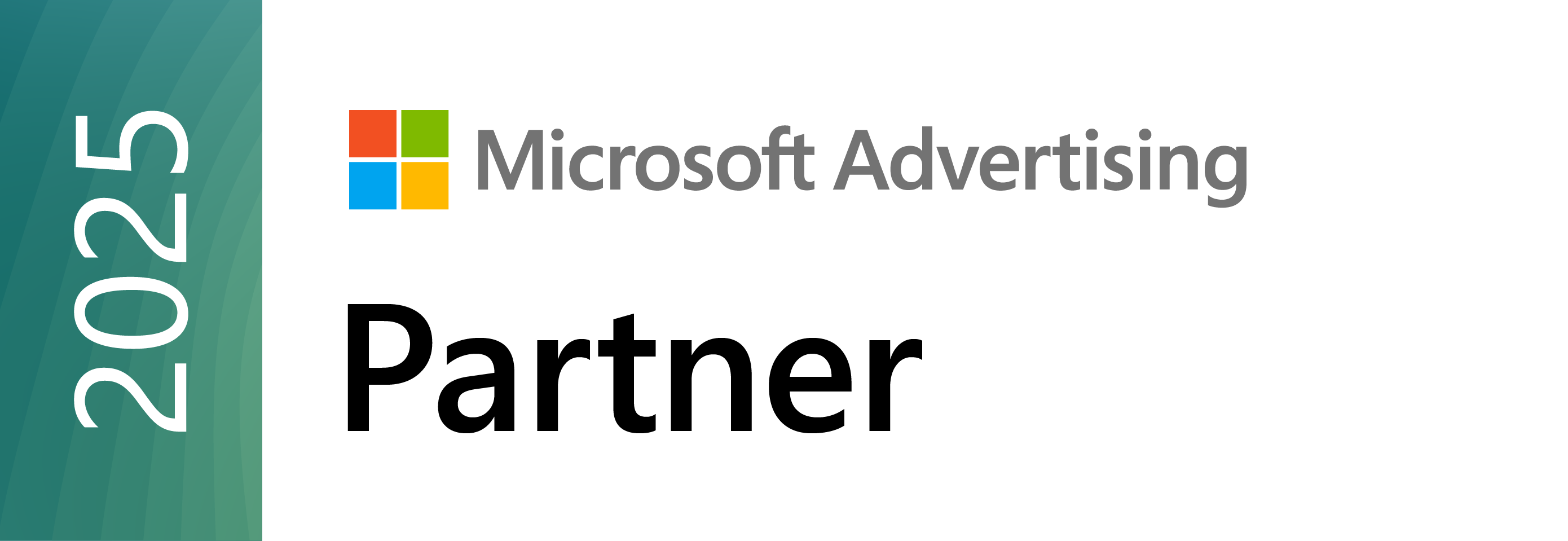
In a move that’s sparking both intrigue and concern, Meta has officially announced the introduction of ads on WhatsApp. Once a proudly ad-free zone, WhatsApp has long stood apart from the rest of Meta’s ecosystem by prioritizing privacy and communication over commercialization. But that era is shifting.
This change marks a major evolution in how brands can connect with users through messaging platforms — and it comes with both opportunity and risk.
With over 1.5 billion daily active users worldwide, WhatsApp was once known for its privacy-first, ad-free approach. That ethos built trust and loyalty across a vast, diverse user base. But Meta’s latest announcement shifts the narrative.
The new advertising placements will live exclusively within the Updates tab, providing advertisers with three options:
Importantly, personal messages, calls, and group chats will remain ad-free and end-to-end encrypted. Meta’s leadership has emphasized that privacy safeguards are in place — but user skepticism remains high.
The reaction from WhatsApp’s community has been swift and mixed. Some users are voicing concerns about privacy, transparency, and whether this shift marks the beginning of a broader erosion of trust. Others are considering switching to alternative messaging apps that remain ad-free.
While Meta has tried to get ahead of the backlash by highlighting encryption and data protection, its track record with user privacy casts a long shadow. Advertisers and brands would be wise to track sentiment and avoid heavy-handed tactics in this new space.
The opportunity is clear: brands now have a pathway into one of the world’s most actively used communication platforms. But limitations exist:
While the new placements can provide brands with valuable advertising space in a highly engaged platform, they may also be met with immediate red flags from users. The key will be intention and execution.
Industries that offer high-touch customer service — like travel, retail, and fintech — may find the most success here, especially if they use the platform to enhance the user experience rather than interrupt it. Think: proactive support, exclusive updates, or real-time assistance.
For other brands, we recommend treading lightly in this new space. This isn’t the time to chase impressions for the sake of scale. Instead, prioritize the quality of your reach over the quantity of your inventory. Focus on utility, authenticity, and timing. Let your ad feel like a value-add, not a disruption.
Want more insights like this? Let’s talk strategy.
Or, read the full announcement from Meta: WhatsApp Ads
Get marketing insights that actually move the needle — directly in your inbox.



